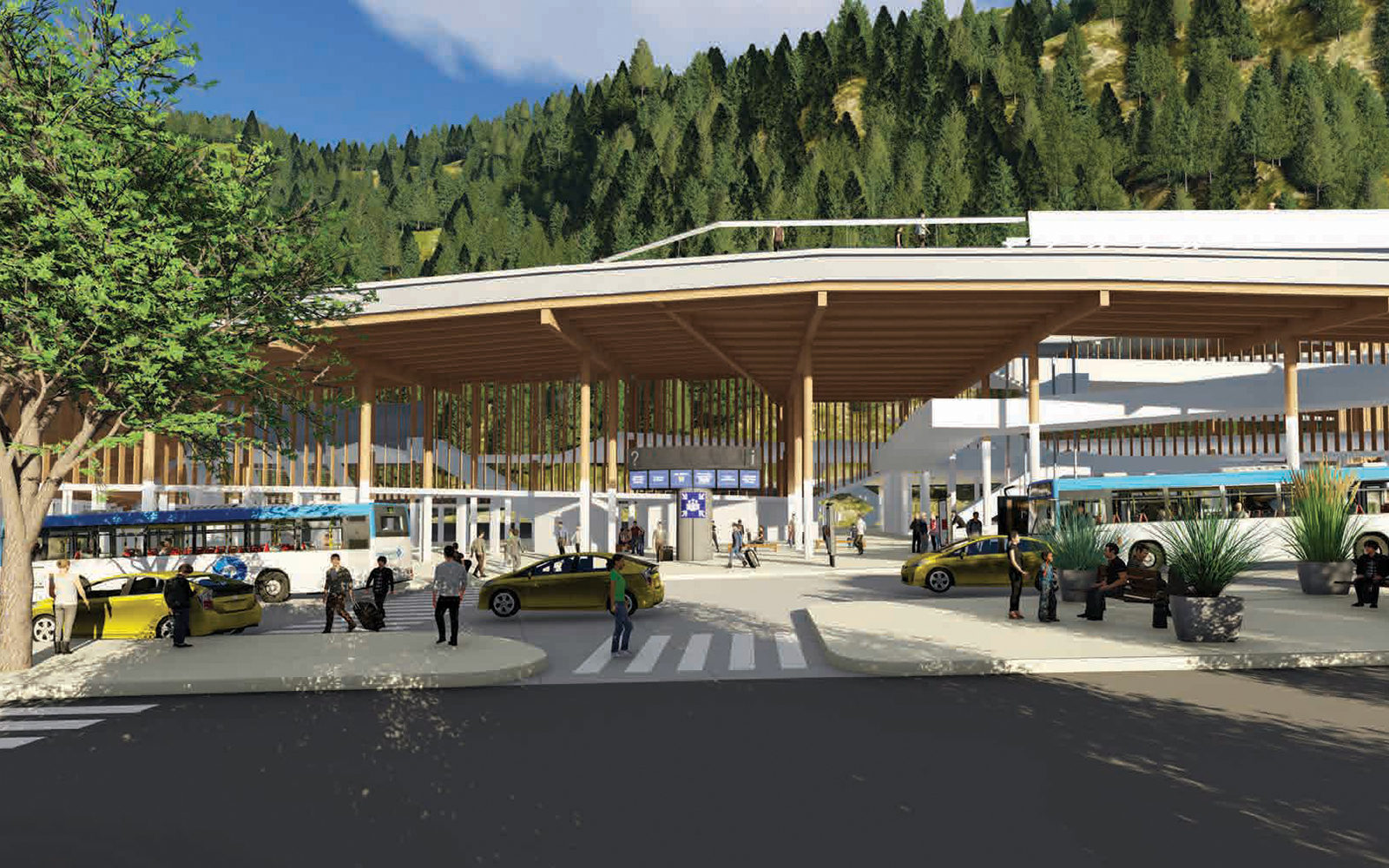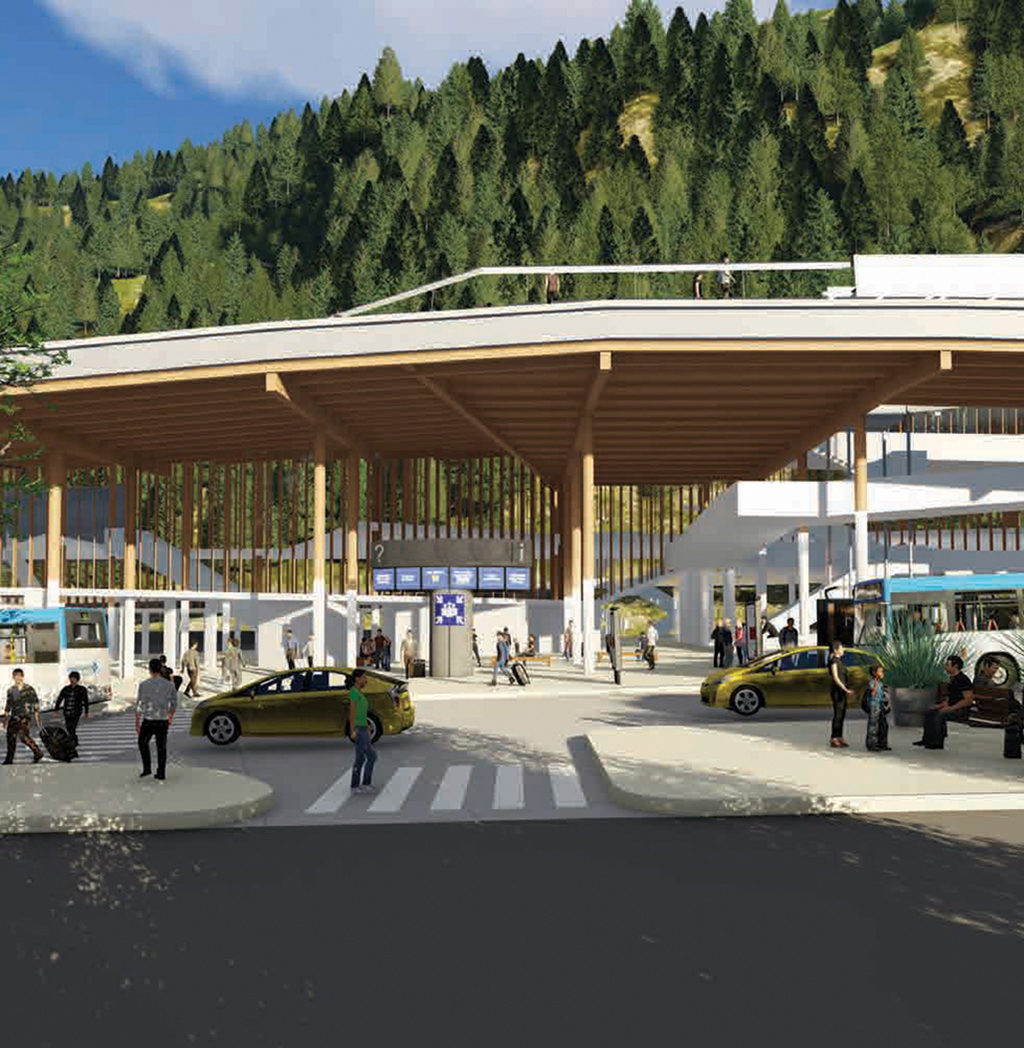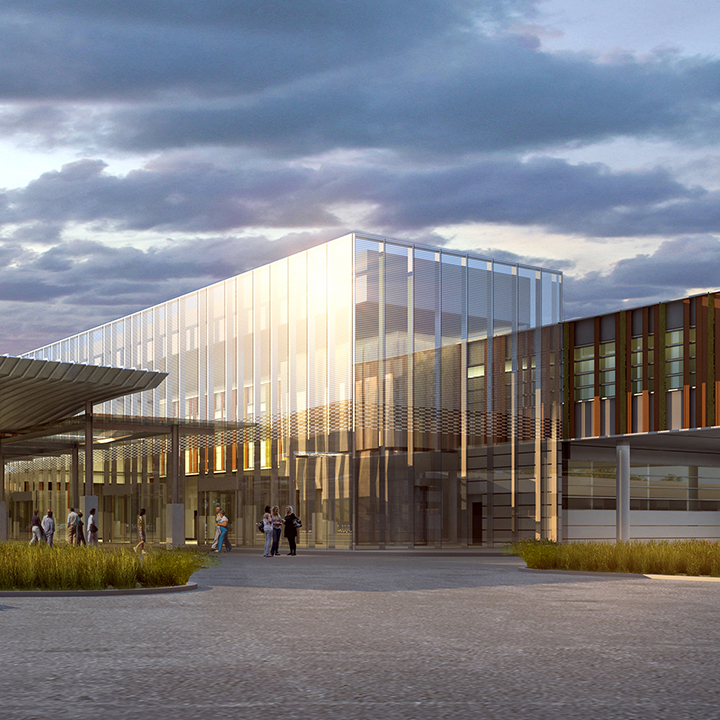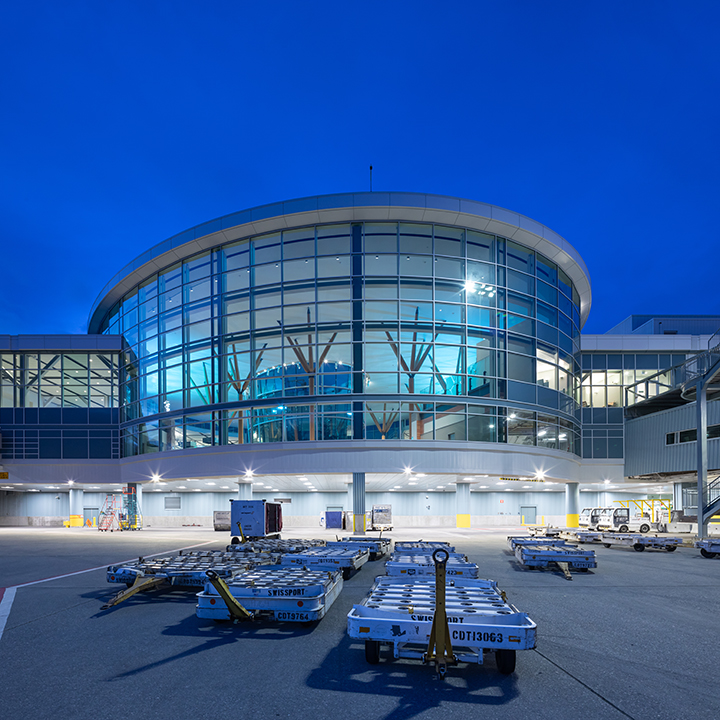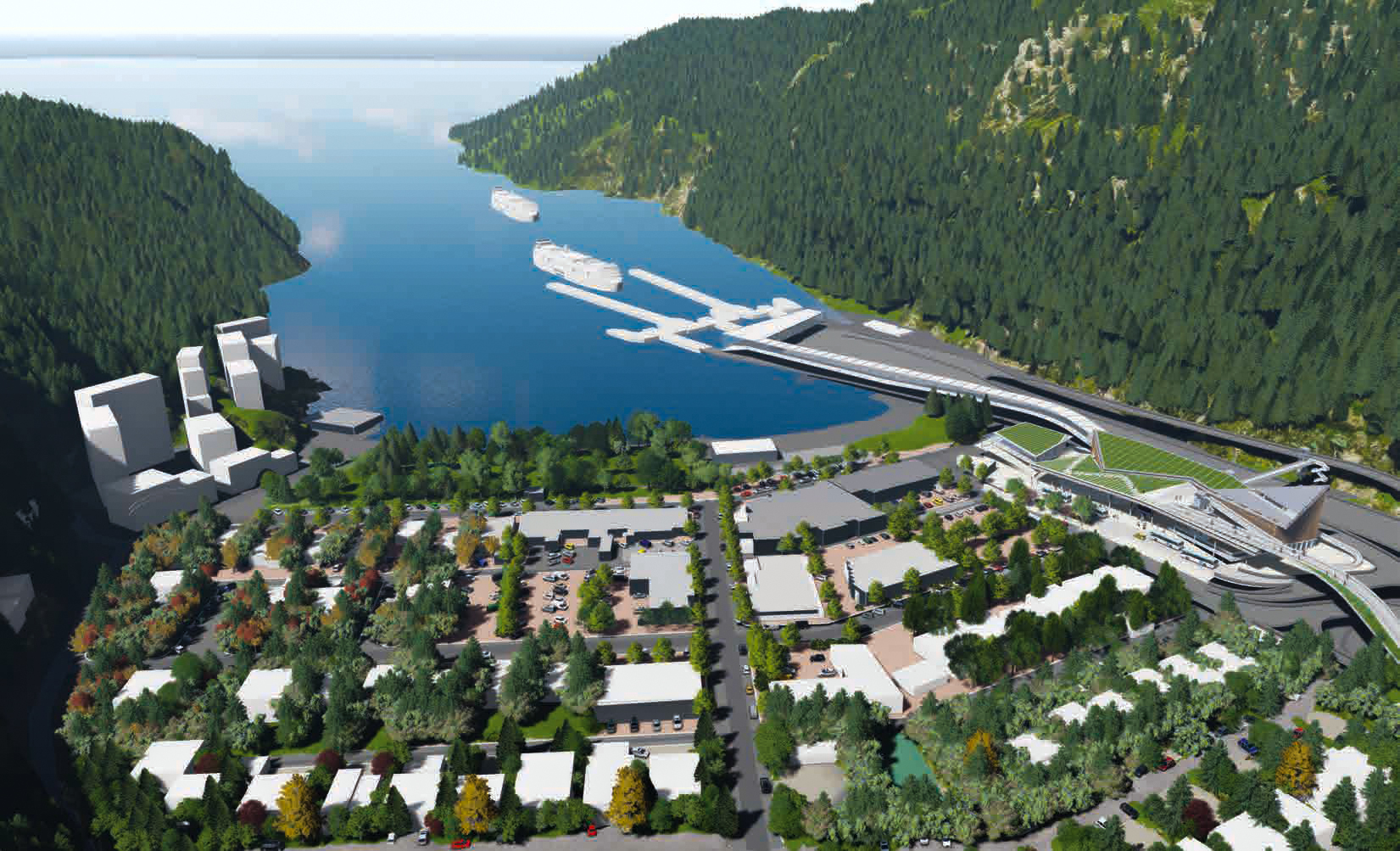
BC Ferries Service (BCFS) engaged us to develop a Terminal Development Plan for the Horseshoe Bay Ferry Terminal. Located in the small village of the same name within West Vancouver, it is the third largest BC Ferries terminal. It serves Bowen Island, Sunshine Coast, and links to Vancouver Island. Currently with three births, Horseshoe Bay is growing quickly in volume. BCFS has become one of the largest passenger ferry lines in the continent. The company moves more than 22 million passengers and 8 million vehicles every year. This development plan was created in phases to support the BC Ferries’ long term Capital Plan process.
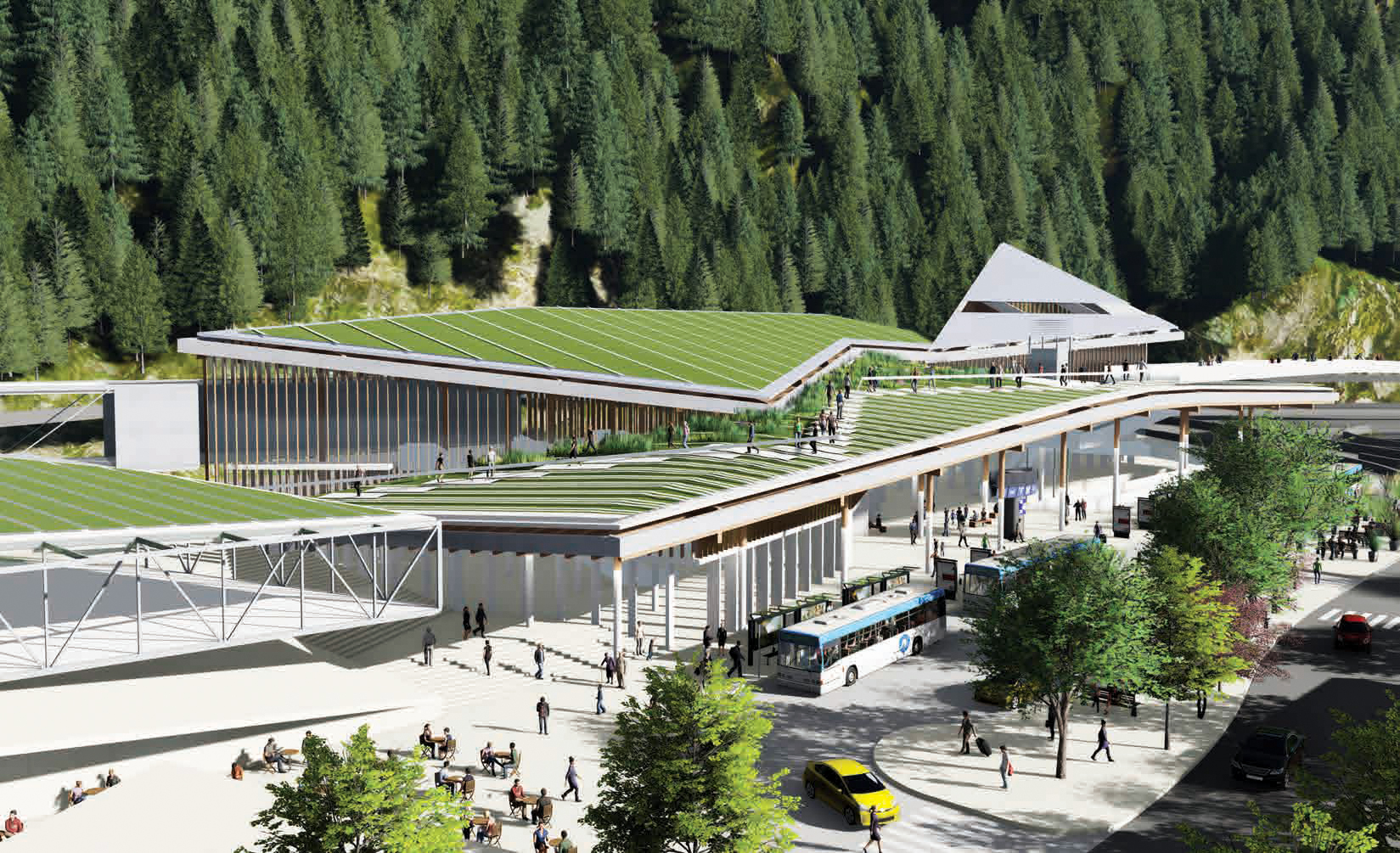
Our challenge was to completely redevelop the ferry infrastructure while creating a phenomenal passenger experience. The current terminal is dated, weathered, and must be updated to achieve safety standards. The new design needed to have clear and intuitive wayfinding for all passengers from pedestrians to vehicles, to public transit, to cyclists.
We also sought to create a balance of efficiency and wonder, such that travel for daily, seasoned commuter passengers were expedited, while first timers and tourists were captivated by the west coast ferry experience. The design was also required to optimize the terminal’s waterfront and blend seamlessly into the village of Horseshoe Bay.
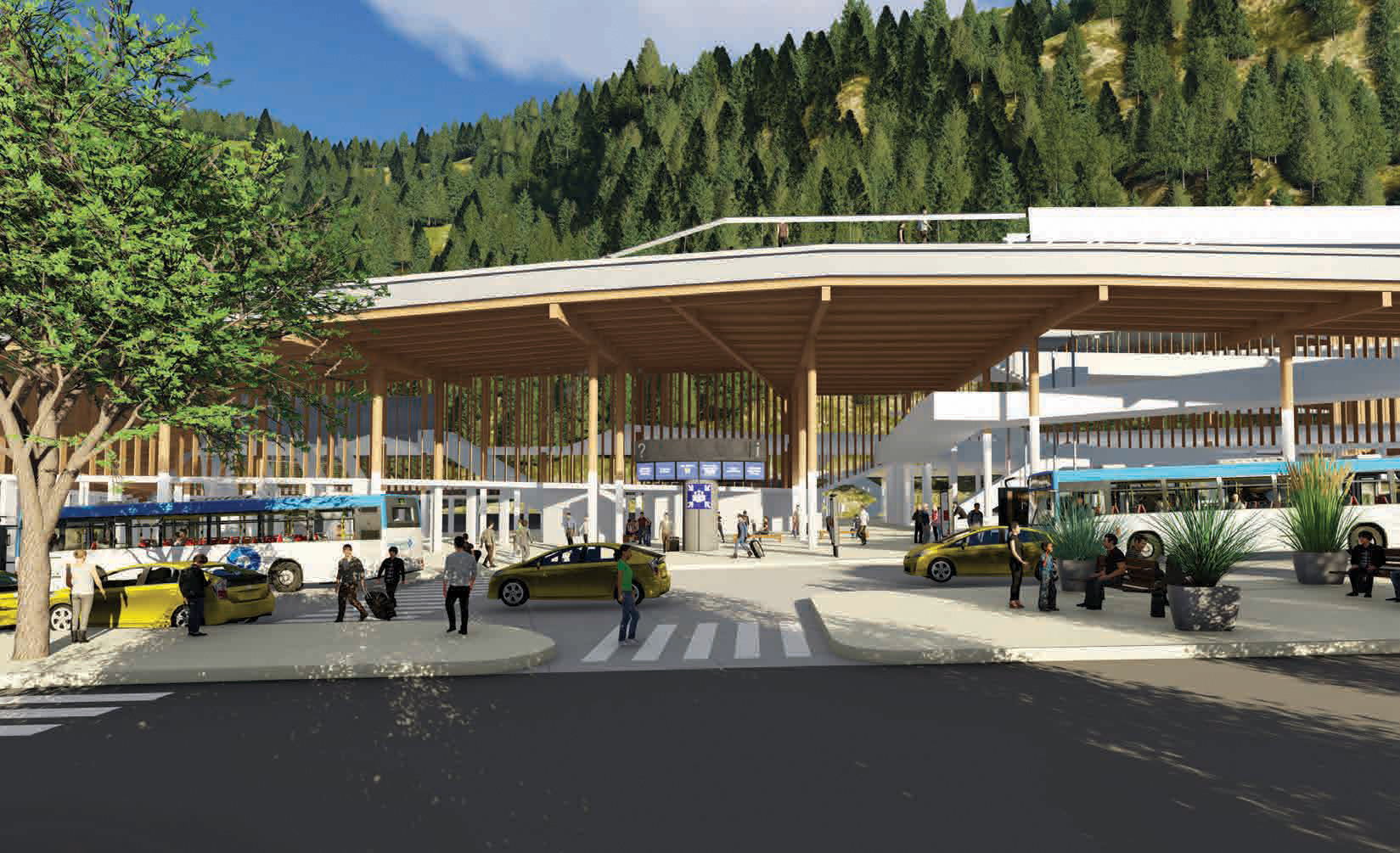
Our transportation team worked closely with multiple stakeholders to conduct an extensive public consultation process. Our workshops created a sense of ownership, accessibility, and engagement for all those involved in the development of the new ferry terminal.
Design drivers included practicality and functionality, accessibility, flexibility, information and technology integration, cost-efficiency, human-centric design, integration of the terminal with the town of Horseshoe Bay, and sense of arrival and place.
We then completed visual profiles using creative thematic imagery selected unanimously by our stakeholders. This process ensured all involved agreed before anything was designed. In addition to public workshops, an online workshop strategy greatly expanded participation. This was one of the most successful interactive design workshops in the client’s history.
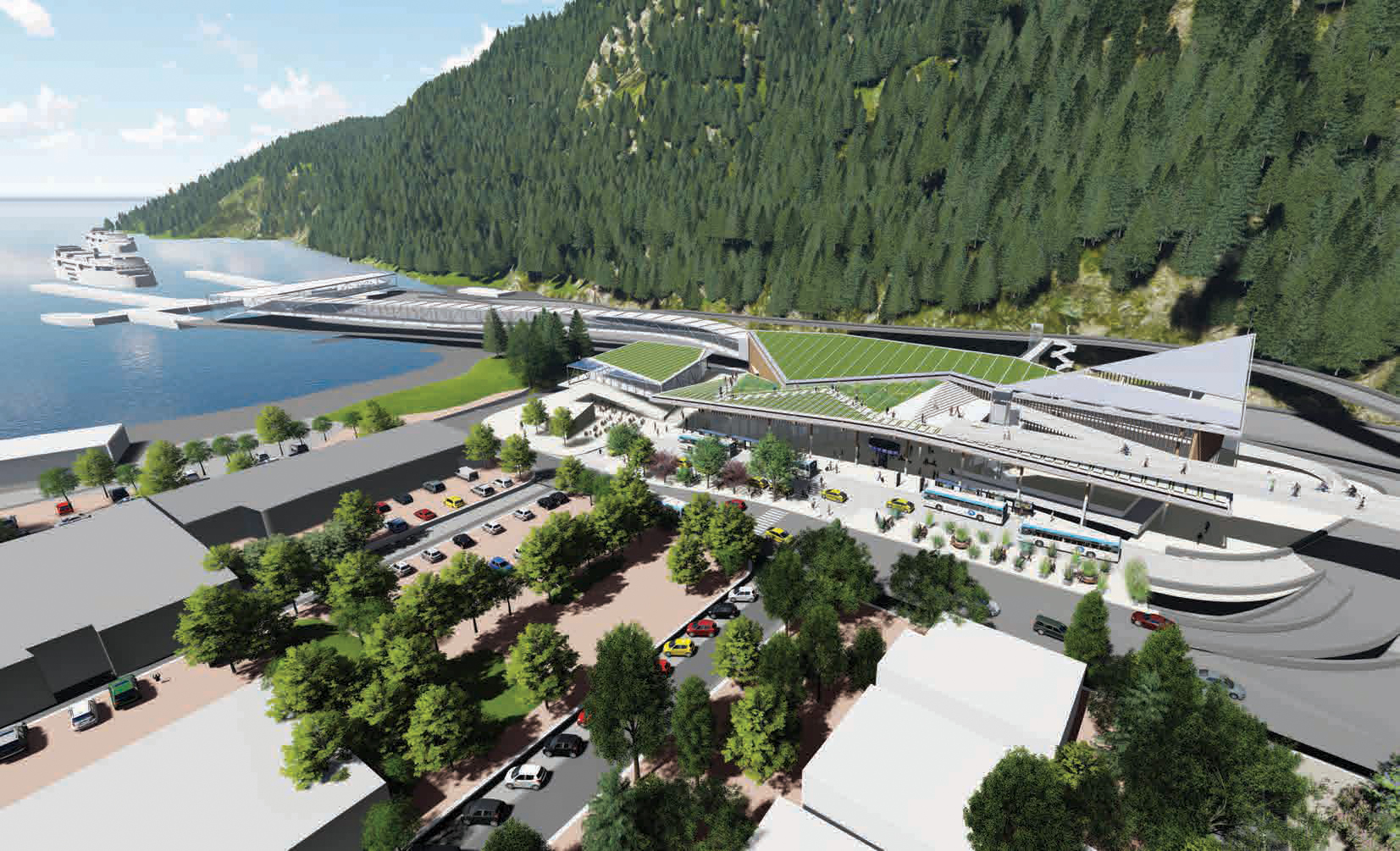
Amongst other urban design principles, the plan addresses use, form, massing, public open space, and multi-modal integration. The new design is pedestrian focused and people centric.
The design incorporates green roofs, accessibility for bikes and pedestrians, and is perceived as an extension of the west coast mountain topography. Vehicle compounds are screened from the village, and a raised walkway for pedestrians and ramps for cyclists provide easy access as well as engaging the West Coast Trail. The design blends the existing waterfront park edge with the retail and restaurants serving the terminal resulting in a cohesive and seamless transition to the village.
The plan also includes a transition from fixed to floating births to provide more flexibility for terminal operations.
The new design incorporates a hybrid mass timber structure with the durability and flexibility necessary to accommodate high passenger volumes. Wayfinding is intuitive with clear pathways for pedestrian and traffic flow. Sunny decks and outdoor space connect directly with the waterfront.
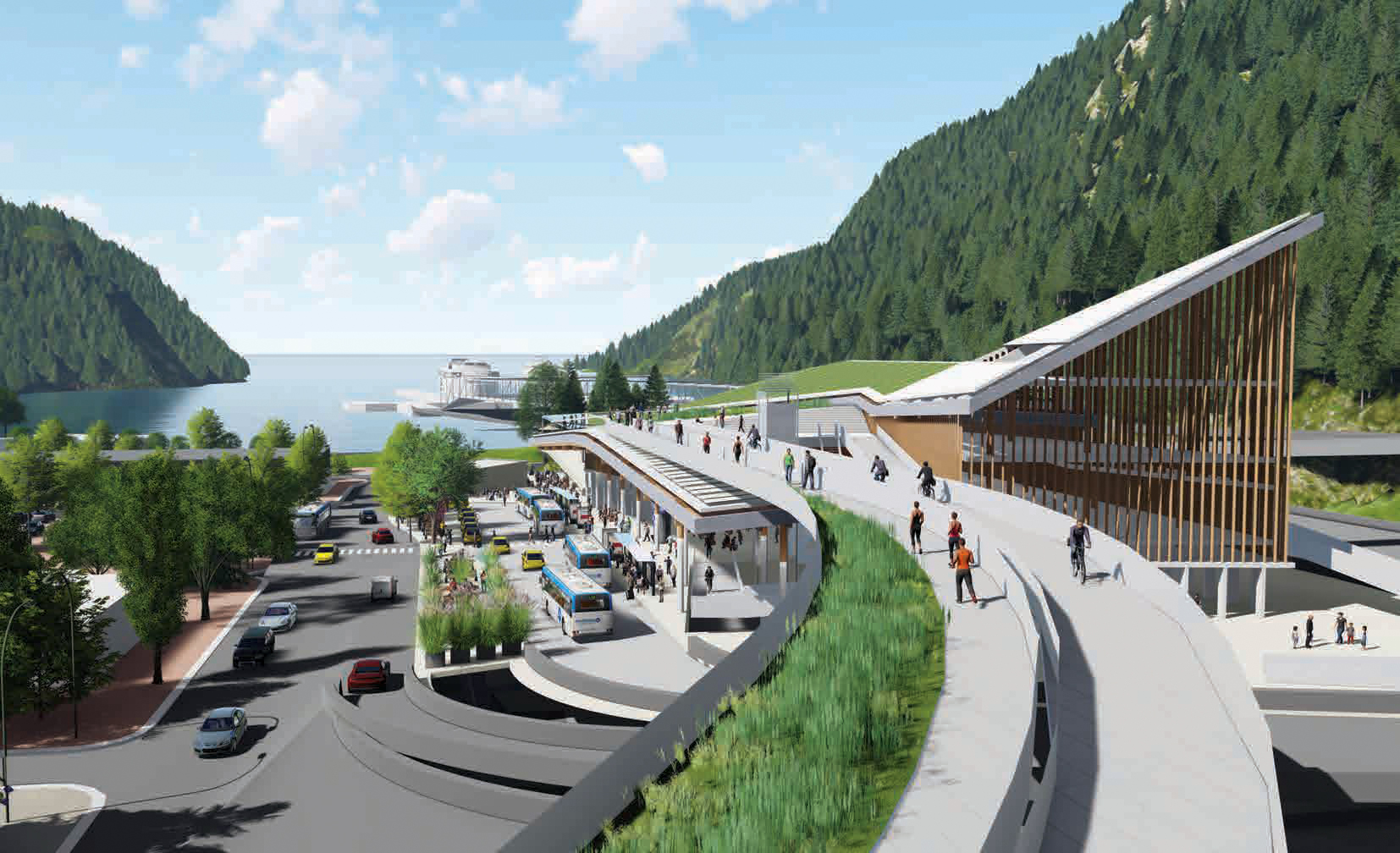
The design will ensure more vehicle capacity and accommodate a larger number of cyclists and pedestrian passengers. This design maintains the village feel of Horseshoe Bay and enhances tourism capabilities. The plan will ensure that development proceeds in a cost effective, efficient, phased and organized manner. It’s a long-term vision to guide future change and project development at Horseshoe Bay over the next 25 years.
EXPLORE MORE
We’d love to get to know you
Get in touch
"*" indicates required fields
Get in touch
Share

